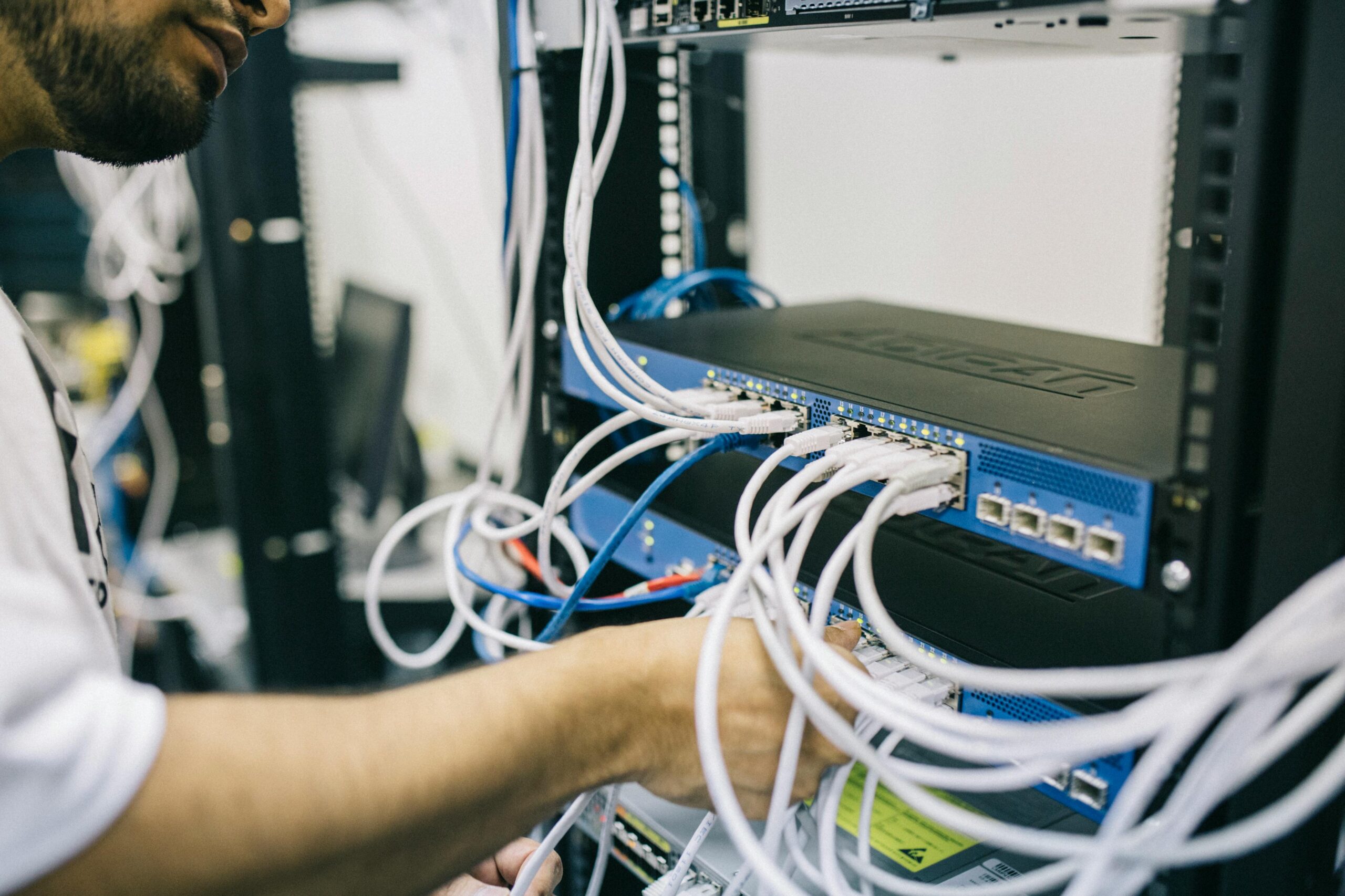What is the optimal length of time to use a new server? It is unlikely that anyone will be able to answer this question, including system administrators. The difficulty is that the equipment loses its power gradually. This is due to the fact that the volume of data regularly grows and processing becomes slower.
A partial update helps eliminate some problems, but it is a mistake to consider this solution a guarantee of successful use. Several recommendations from specialists will help you assess the state of the system and find a way out of the situation.
When will a partial update bring results?
Finding a cost-effective and efficient solution is a difficult task. Based on business needs, it is difficult to find the right moment and make a complete replacement of equipment. However, remember that in some cases, investing in repairs is not worthwhile.
A study of the following characteristics and parameters will help you assess the current condition and decide to replace the server:
- total cost of available servers;
- the amount of capital costs of the data center;
- the amount of operating costs for maintenance;
- cost of infrastructure, physical devices and equipment;
- operating expenses
Aging hardware is an issue that should be addressed first. The cost of using and maintaining legacy servers exceeds the cost of new equipment. You can find out by doing a little research and simple calculations. If a business has reached a breaking point, replacement is the only correct solution.
Stable server operation and budget savings
The technologies now available in the market make it easier to find a solution. An alternative option that will help reduce costs is to purchase a cloud server. Thanks to this, the company manages to:
- Consider business needs. Flexibility of settings and scaling capabilities allow you to avoid complications. Thus, the decision to expand or reduce resources is supported by real data. Taking into account current needs, it is possible to optimize costs and save money.
- Ensure stable operation. The peculiarity of cloud servers is that there is no need for additional equipment. Information saved by users can be easily retrieved. In addition, companies manage to ensure constant access to the required data.
- Improve security. The data collected by the company must be protected. In the case of cloud servers, this task falls on the shoulders of the service provider. Yes, review of security protocols, anti-fraud systems and other protections will demonstrate safe use.
The company's operation with minimal losses is possible thanks to cloud technologies. Developers create a safe environment with flexible settings and optimization options. As a result, the new server has improved security, processing time and scalability.
Services using cloud technologies have other advantages, including:
- uninterrupted operation of nodes in the event of a power outage or detection of attempts to gain access;
- the location of servers in different places allows you to store copies of data for quick updates;
- no need to purchase and maintain expensive equipment, since these tasks are performed by the supplier.
Setting access rights, simultaneous work with data packages and simple optimization are the following reasons to become interested in the idea of cloud servers. Reducing maintenance costs and constantly updating equipment should also be taken into account. Taking into account all the advantages, using a cloud server is an effective solution for business.

